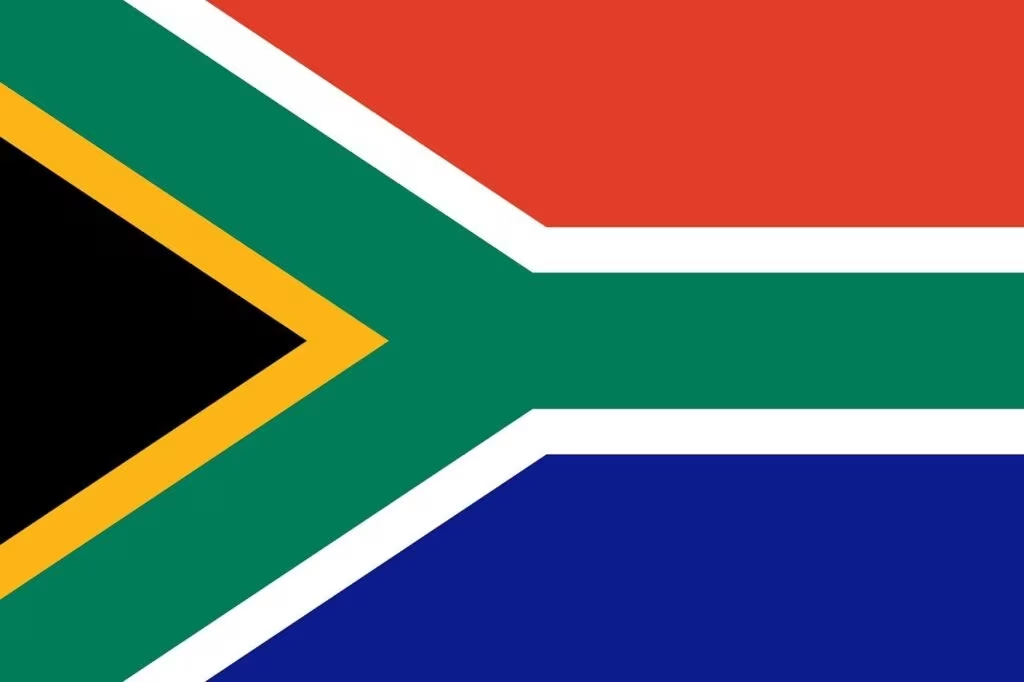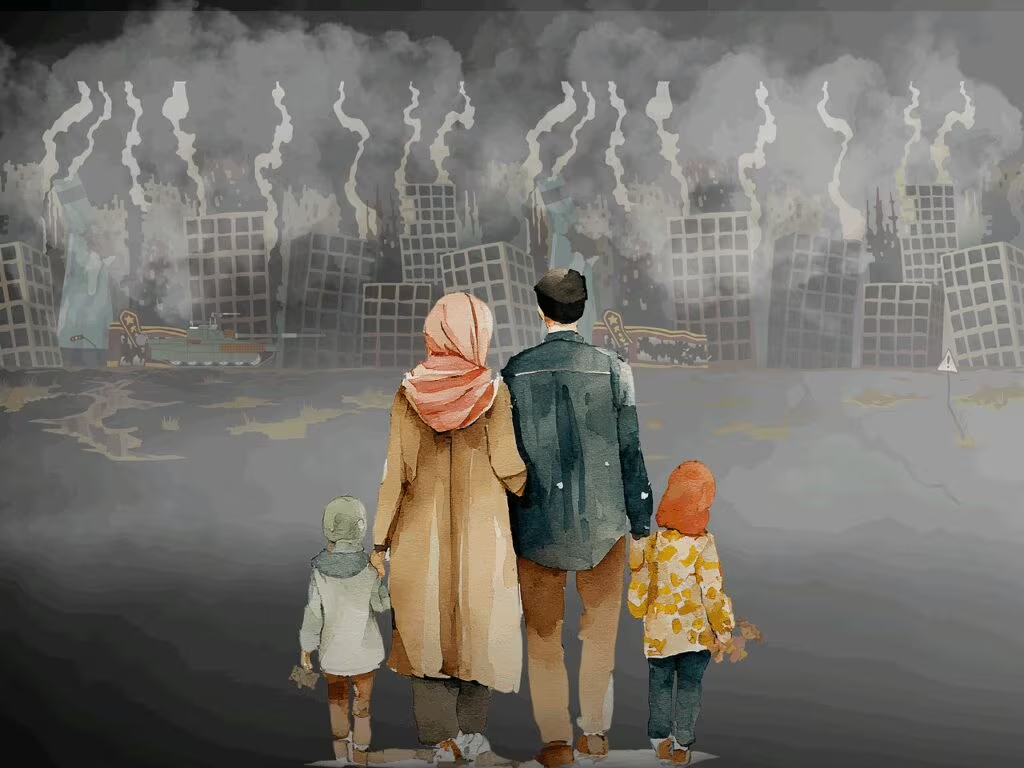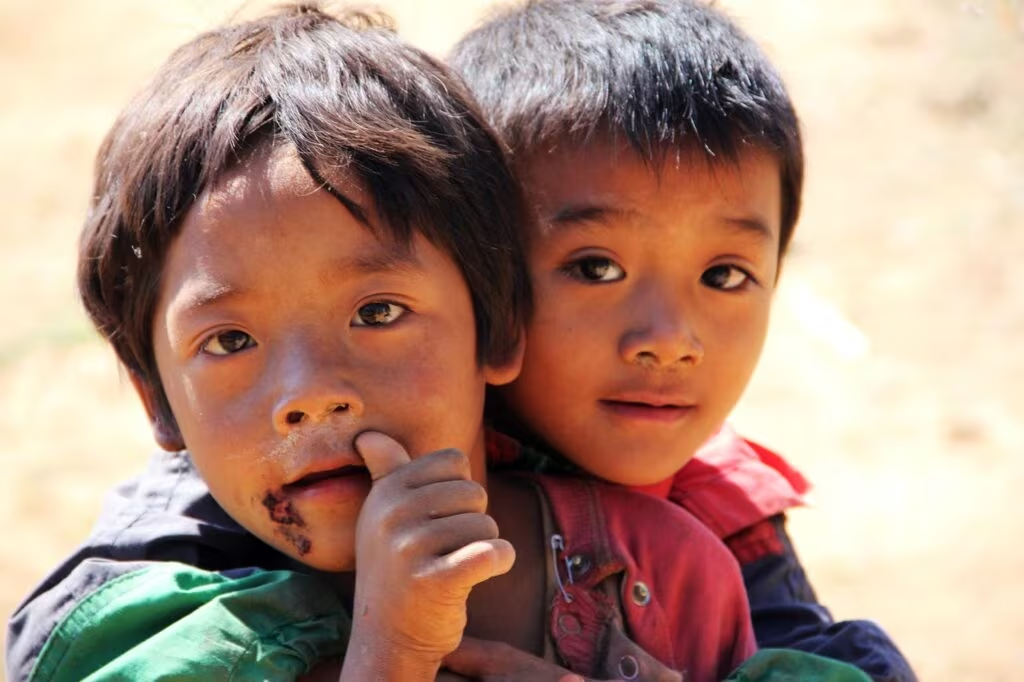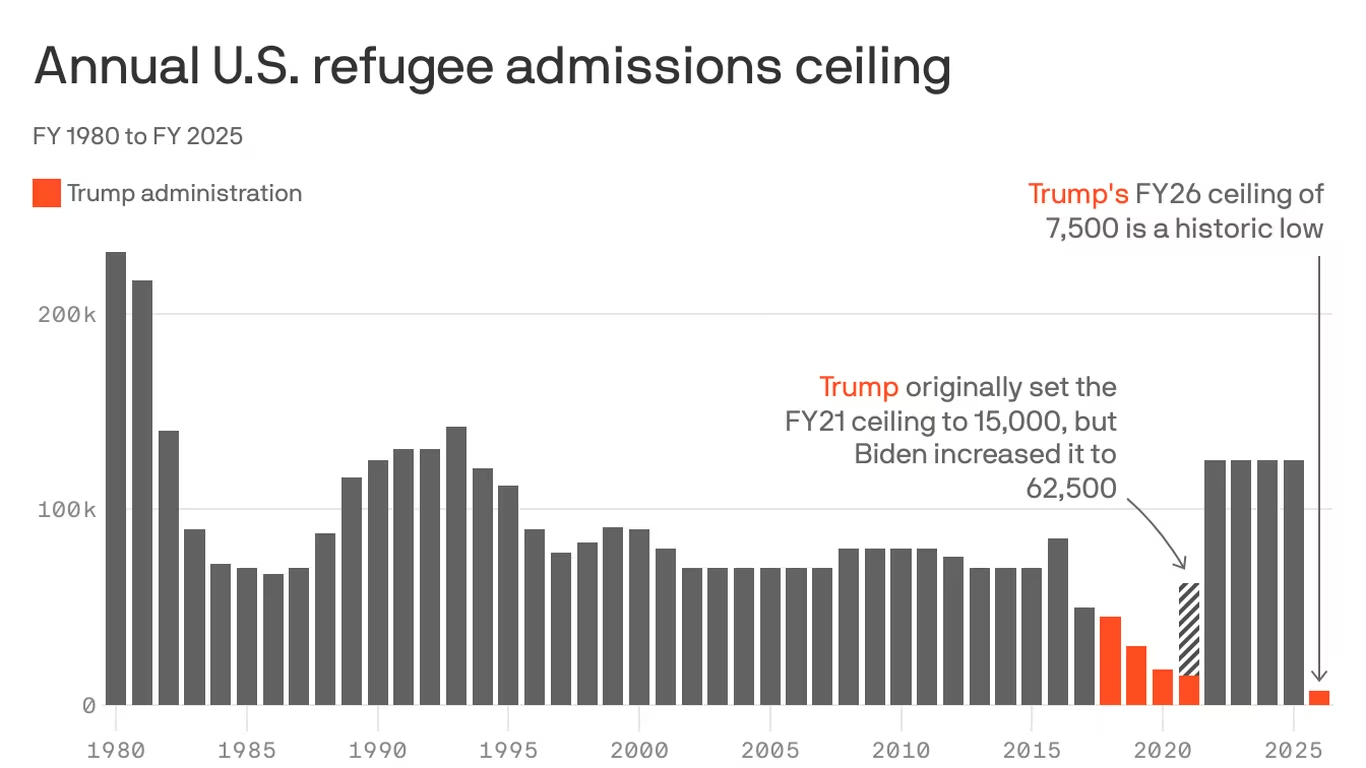The Record-Low Refugee Ceiling for FY2026
The Trump administration has announced the refugee admissions ceiling for Fiscal Year (FY) 2026, setting the limit at 7,500 individuals. This figure represents the lowest refugee cap established since the modern U.S. Refugee Admissions Program (USRAP) was created in 1980, marking a continuation of the administration’s policy to drastically reduce the number of refugees resettled in the United States.
This Presidential Determination, made in consultation with Congress, dictates the maximum number of refugees the U.S. will accept from around the world in the coming fiscal year. The decision has drawn immediate criticism from humanitarian organizations and international policy experts who argue the move undermines the U.S. role in global refugee protection and crisis management.
A Historic Shift: Prioritizing Afrikaners and White South Africans
A key element of the FY2026 determination is the explicit prioritization of certain national and ethnic groups. For the first time, the administration has specifically highlighted Afrikaners, or white South Africans, as a group to be prioritized for admission under the USRAP.
This prioritization is rooted in the administration’s stated concern over claims of persecution and violence targeting white farmers and other minority groups in South Africa—a narrative often amplified by conservative media and political allies. While the U.S. has historically prioritized groups facing persecution, focusing on a specific ethnic minority from a country not typically associated with mass refugee flows represents a significant deviation from traditional USRAP criteria, which generally prioritize victims of war, genocide, or widespread political oppression.

Breakdown of the 7,500 Cap
The total ceiling of 7,500 is divided into regional allocations, though the specific prioritization of Afrikaners is expected to influence the final admissions from Africa. The overall cap is often broken down as follows, though specific numbers can be adjusted based on operational needs and presidential directives:
- Africa: A limited allocation, with a focus on specific ethnic minorities.
- East Asia: Primarily for refugees fleeing persecution in certain authoritarian regimes.
- Europe and Central Asia: Focused on specific conflict zones or political dissidents.
- Latin America/Caribbean: Targeting those fleeing political instability and violence.
- Near East/South Asia: The region historically generating the largest number of refugees, now severely restricted.
It is crucial to note that the cap of 7,500 is the maximum number allowed; actual admissions often fall below the ceiling due to processing delays, security vetting requirements, and administrative hurdles.
Historical Context: Comparing Refugee Admissions by President
To understand the magnitude of the 7,500 ceiling, it is essential to compare it with historical refugee admissions policies. The USRAP was established with the Refugee Act of 1980, which aimed to provide a structured, humanitarian response to global crises. Historically, U.S. refugee caps have averaged between 70,000 and 95,000 annually.
U.S. Refugee Ceilings: A Look Back
The following table illustrates the dramatic reduction in the refugee ceiling over the past few decades, highlighting the contrast between the current policy and previous administrations’ approaches to global humanitarian crises:
| Administration | Fiscal Year | Refugee Ceiling (Maximum) |
|---|---|---|
| Reagan (Peak) | 1980 | 207,116 (Initial) |
| Clinton (Average) | Mid-1990s | ~110,000 – 120,000 |
| Bush (Post-9/11) | Mid-2000s | ~70,000 – 80,000 |
| Obama (Final) | 2017 | 110,000 |
| Trump (Previous) | 2020 | 18,000 |
| Trump (Current) | 2026 | 7,500 |

This data shows that the 7,500 cap is not only the lowest ever set but represents a nearly 93% reduction compared to the ceiling set at the end of the Obama administration.
The Presidential Determination Process
The annual refugee ceiling is determined through a formal process known as the Presidential Determination (PD). This process involves:
- Consultation: The President consults with Congress regarding the humanitarian needs of refugees globally and the capacity of the U.S. to resettle them.
- Recommendation: The State Department, in coordination with the Department of Homeland Security (DHS), provides a recommendation based on global conditions.
- Determination: The President issues a formal determination, setting the maximum number of refugees to be admitted and allocating those numbers by region.
This determination is a core mechanism for balancing national security concerns with humanitarian obligations.
Implications for Global Humanitarian Aid and Diplomacy
The decision to set such a low cap has significant implications both domestically and internationally.
Impact on Resettlement Infrastructure
Domestically, the consistently low caps have severely strained the U.S. refugee resettlement infrastructure. Non-profit agencies and local organizations that rely on federal funding tied to the number of arrivals have faced closures and staff reductions. Experts warn that rebuilding this infrastructure, should a future administration seek to raise the cap, will be a lengthy and costly process.
International Standing
Internationally, the low cap sends a signal to allies and international bodies, such as the United Nations High Commissioner for Refugees (UNHCR), that the U.S. is withdrawing from its traditional leadership role in global refugee protection. This reduction in intake places greater pressure on developing nations and European countries that host the vast majority of the world’s displaced persons.
“The United States has historically been the gold standard for refugee resettlement. When our numbers drop this dramatically, it creates a vacuum that other nations are often unwilling or unable to fill, leaving millions in limbo,” stated a representative from a major international aid organization.

Key Takeaways
This policy decision fundamentally reshapes the U.S. approach to humanitarian immigration. Here are the essential points for readers:
- Record Low: The FY2026 cap of 7,500 is the lowest since the USRAP was established in 1980.
- Specific Prioritization: The administration explicitly prioritized the admission of Afrikaners, or white South Africans, citing concerns over persecution.
- Historical Contrast: The current cap is drastically lower than historical averages, which typically ranged between 70,000 and 120,000 annually.
- Infrastructure Strain: The sustained reduction threatens the long-term viability of the domestic refugee resettlement network.
Conclusion: Policy and Precedent
The setting of the 7,500 refugee cap for FY2026 confirms the administration’s commitment to restrictive immigration policies, particularly concerning humanitarian admissions. By prioritizing a specific ethnic group from a country not experiencing a major conflict, the policy sets a new precedent for how the U.S. defines and addresses global humanitarian need.
This policy shift forces a re-evaluation of the U.S. role in international refugee crises and highlights the ongoing tension between national security concerns and humanitarian obligations within the current political climate. The impact of this decision will be felt by resettlement agencies and vulnerable populations worldwide for years to come.
What’s Next
Humanitarian groups are expected to lobby Congress and the State Department for increased flexibility and resources, even within the restrictive cap. Furthermore, the prioritization of Afrikaners is likely to face legal challenges and intense scrutiny from civil rights organizations regarding the criteria used for selecting preferred refugee groups.
Original author: Josephine Walker
Originally published: October 30, 2025
Editorial note: Our team reviewed and enhanced this coverage with AI-assisted tools and human editing to add helpful context while preserving verified facts and quotations from the original source.
We encourage you to consult the publisher above for the complete report and to reach out if you spot inaccuracies or compliance concerns.

